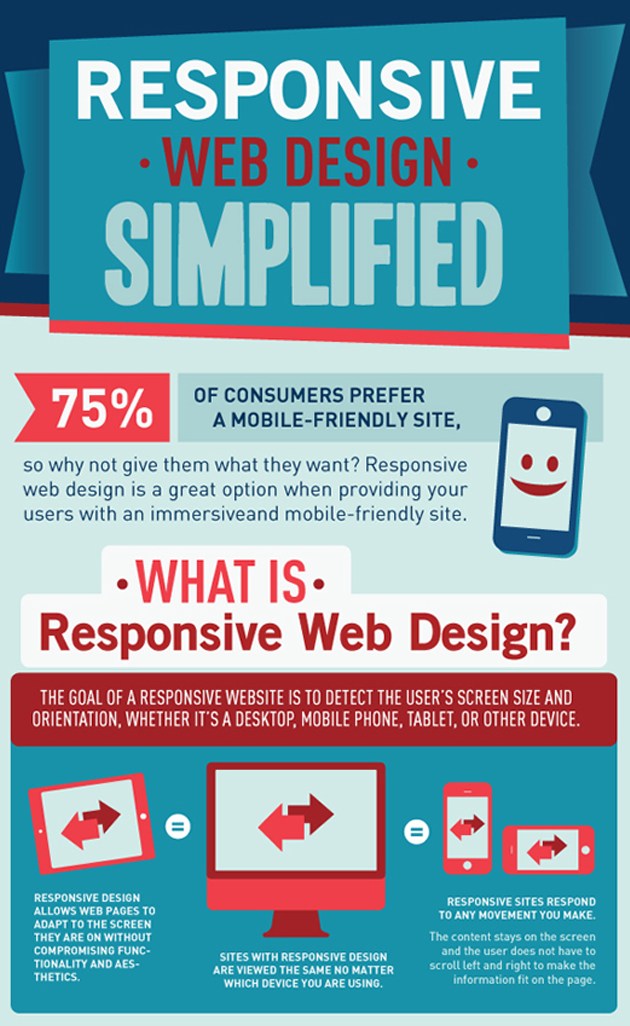The Growth Of Web Design: Then And Now
The Growth Of Web Design: Then And Now
Blog Article
Write-Up Created By-Rasmussen Trolle
In the past, websites were straightforward and focused on information. Navigation was direct, and layout was for desktops. Now, search engine in digital marketing is essential. Data guides layouts for very easy navigating. Responsive designs suit different tools. Today, dark setting decreases strain, and minimal food selections improve navigation. Interactive attributes involve individuals, and bold visuals attract attention. AI assimilation boosts interaction. See exactly how layout has advanced to improve your on the internet trip.
Very Early Days of Website Design
In the early days of website design, simplicity reigned supreme. Internet sites were basic, with minimal shades, font styles, and formats. The emphasis was on giving information instead of flashy visuals. Users accessed the web via slow-moving dial-up links, so rate and performance were vital.
Navigating food selections were straightforward, typically situated on top or side of the web page. read the full info here were developed for computer, as mobile surfing wasn't yet widespread. Content was king, and developers prioritized very easy readability over intricate design components.
HTML was the main coding language utilized, and developers had to work within its constraints. Computer animations and interactive features were very little contrasted to today's standards. Sites were fixed, with little vibrant material or tailored individual experiences.
Rise of User-Focused Design
With the advancement of site layout, a shift towards user-focused style principles has ended up being increasingly noticeable. Today, creating internet sites that prioritize customer experience is critical for engaging site visitors and accomplishing business goals. User-focused design includes recognizing the requirements, preferences, and actions of your target audience to tailor the web site's format, content, and features as necessary.
Designers now carry out complete study, such as individual surveys and functionality testing, to gather understandings and comments straight from users. This data-driven strategy helps in developing user-friendly navigating, clear calls-to-action, and aesthetically appealing user interfaces that reverberate with site visitors. By putting the individual at the center of the design procedure, internet sites can provide a more individualized and satisfying experience.
Responsive style has actually likewise become a vital aspect of user-focused style, making sure that sites are enhanced for various gadgets and display dimensions. This adaptability enhances access and usability, dealing with the diverse methods customers connect with web sites today. Essentially, the increase of user-focused style indicates a change towards developing electronic experiences that focus on the requirements and assumptions of the end individual.
Modern Trends in Web Design
Check out the latest patterns shaping website design today. One popular fad is dark mode design, using a streamlined and modern-day look while decreasing eye strain in low-light environments. One more vital trend is minimalist navigation, simplifying food selections and boosting user experience by concentrating on essential elements. Incorporating micro-interactions, such as computer animated switches or scrolling effects, can create a more interesting and interactive internet site. Receptive layout continues to be critical, making certain seamless customer experiences throughout various devices. In addition, utilizing strong typography and unbalanced layouts can include aesthetic passion and draw attention to certain material.
Incorporating AI modern technology, like chatbots for customer assistance or customized recommendations, enhances individual engagement and improves processes. Access has additionally come to be a substantial trend, with designers focusing on inclusive design practices to accommodate varied individual requirements. Welcoming sustainability by optimizing internet site performance for speed and efficiency is one more emerging fad in website design. Collaborating with customer comments and information analytics to repeat and boost design continuously is crucial for remaining relevant in the ever-evolving electronic landscape. By embracing these contemporary patterns, you can develop a visually appealing, easy to use internet site that resonates with your target market.
Verdict
As you reflect on the evolution of web site design from the very early days to currently, you can see how user-focused layout has come to be the driving force behind modern-day trends.
Welcome the trip of change and adjustment in web design, always keeping the individual experience at the forefront.
Remain existing with the latest fads and technologies, and never stop progressing your approach to develop aesthetically spectacular and straightforward internet sites.
Develop, adjust, and create - the future of web design remains in your hands.
